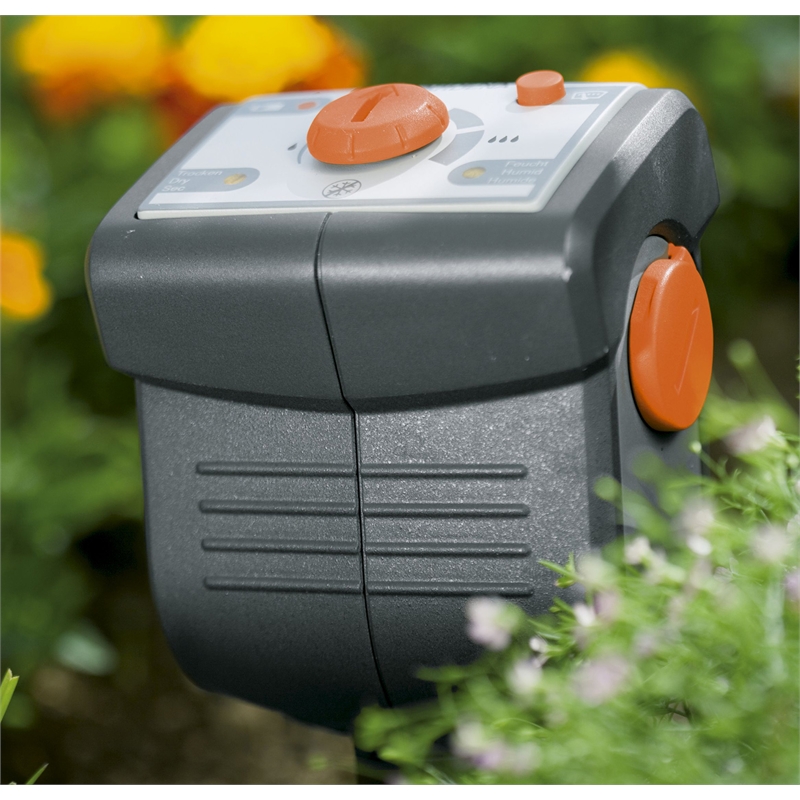
The "LT" (low tension) Irrometer is designed for situations where tensions above 30 cb (kPa) are rarely expected.
#Otomata soil sensors free
Instrument includes a threaded replaceable tip as well as reservoir, air free gauge chamber and hermetically sealed IRROMETER vacuum gauge with dual scale of centibars and kilopascals (0-100 cb range) Drier soils create a stronger vacuum since water molecules are harder to pull off soil particles.The "SR" Irrometer is the standard instrument for use in medium to heavy soils. A tensiometer is a vertical, water-filled tube with a porous tip that is inserted into the soil at recommended depths the soil draws water out of the porous tip of the sealed tube, creating a vacuum. The soil matric potential or soil moisture tension reading tells how hard the plant must work to extract water. In order for plants to access this water they must overcome the tension to draw water molecules away from the soil particles and into their roots.

Tensiometers are soil moisture sensors that measure this tension between soil particles and water molecules. Soil particles hold water through either tension or adhesion. They are commonly used in research settings and in high-value crops where speed and accuracy justify the higher equipment cost. On the flip side, they are incredibly accurate and provide instant data to growers. When installing them in fields they also require calibration to the individual soil type, making installation more cumbersome. Each type has their own set of pros and cons, filling specific needs in the market.ĭue to the technology used, volumetric sensors are the most expensive soil moisture sensors to purchase ($100+ per sensor, $400–1200 for an electronic reader). There are three main types of soil moisture sensors, each differing in how they take field measurements and determine soil moisture levels. Using soil moisture sensors decreases input management costs while maximizing yields and profit. They aren’t wasting water and money, nor are they leaching nutrients and chemical pesticides into groundwater.

This becomes both a financial and environmental win. In turn growers are only applying water when needed, reducing over application of water. Watching sensor readings allows them to turn on water when the moisture levels drop below a certain threshold, and then shut it off when field capacity is reached. Because of technology, soil moisture sensors can provide growers a detailed, comprehensive picture of their irrigation systems. Drought stress on plants can easily and quickly reduce yields. Growers rely heavily on their irrigation systems to provide the right amount of water to their crops at the proper time. Advancements such as genetic engineering, GPS technology, herbicide tolerance, aerial imagery, robots, soil sensors, and precision agriculture have turned farming into a sophisticated business.Ĭurrently there are more than 55 million acres of cropland irrigated in the United States. In order to feed this growing population with fewer resources, the agricultural industry has to rely on technological improvements. But more people also means more homes will be built and more water will be consumed, taking away valuable land and water resources needed for food production. More people means more food needs to be produced. As the population grows at an exponential rate it creates really dynamic problems in terms of feeding people. While it seems agriculture would be exempt from that - for it’s just putting seeds in the ground and growing plants - this is far from the case.

In this day and age, technology plays an integral role in many aspects of our lives.


 0 kommentar(er)
0 kommentar(er)
